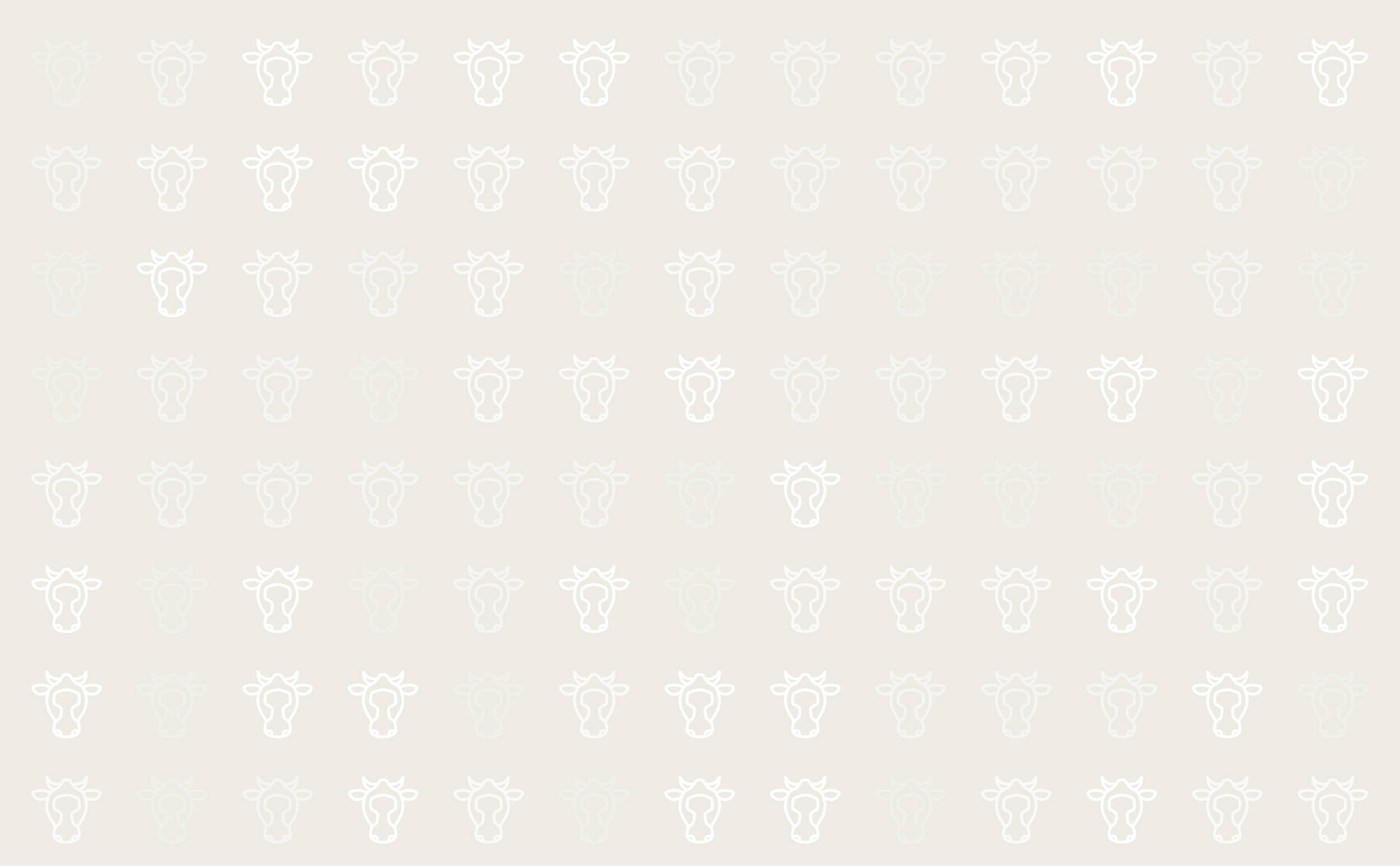



Anthrax
Anthrax, a highly infectious and fatal disease of mammals and humans, is caused by a relatively large spore-forming rectangular shaped bacterium called Bacillus anthracis.
Anthrax occurs on all the continents,
causes acute mortality in ruminants and is a zoonosis. The
bacteria produce extremely potent toxins which are responsible for
the ill effects, causing a high mortality rate. While most mammals are
susceptible, anthrax is typically a disease of ruminants and humans.
It does not typically spread from animal to animal nor from person to person. The bacteria produce spores on contact with
oxygen.
Clinical Signs
- Sudden death (often within 2 or 3 hours of being apparently normal) is by far the most common sign;
- Very occasionally some animals may show trembling, a high temperature, difficulty breathing, collapse and convulsions before death. This usually occurs over a period of 24 hours;
- After death blood may not clot, resulting in a small amount of bloody discharge from the nose, mouth and other openings/
Diagnosis
- On the clinical signs described above;
- Rod-shaped bacteria surrounded by a capsule are visible in blood smears made from surface blood vessels
- Post-mortem examinations should not be undertaken on suspected anthrax cases (including any cow that has died suddenly for no apparent reason) until a blood smear has proved negative);
- If a carcass is opened accidentally, the spleen is usually swollen and there is bloodstained fluid in all body cavities.
Treatment
Due to the rapidity of the disease treatment is seldom possible, although high doses of penicillin have been effective in the later stages of some outbreaks.
Prevention
Infection is usually acquired through the ingestion of contaminated soil, fodder or compound feed. Anthrax spores in the soil are very resistant
and can cause disease when ingested
even years after an outbreak. The spores
are brought to the surface by wet weather,
or by deep tilling, and when ingested or inhaled by
ruminants the disease reappears.
Where an outbreak has occurred, carcases must be disposed of properly, the carcase should not be open (exposure to oxygen will allow the bacteria to form spores) and premises should be quarantined until all susceptible animals are vaccinated.
Vaccination in endemic areas is very important. Although
vaccination will prevent outbreaks veterinary
services sometimes fail to vaccinate when the
disease has not appeared for several years. But
because the spores survive for such lengthy
periods, the risk is always present.
Anthrax is a disease listed in the World
Organisation for Animal Health (OIE) Terrestrial
Animal Health Code, 2011, (Article 1.2.3) and
must be reported to the OIE (Chapter 1.1.2 –
Notification of Diseases and Epidemiological
Information).

